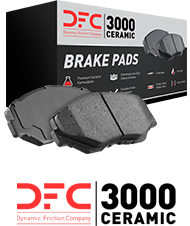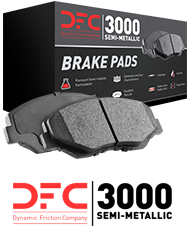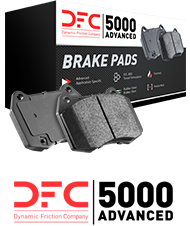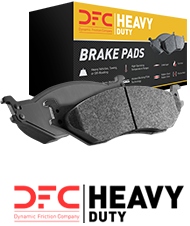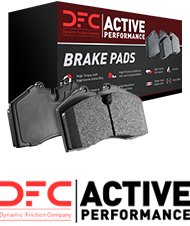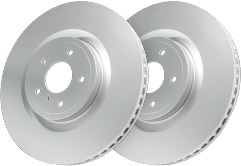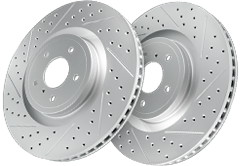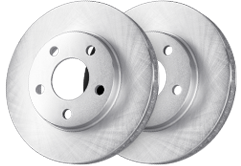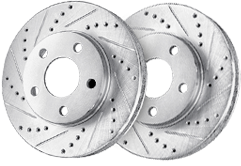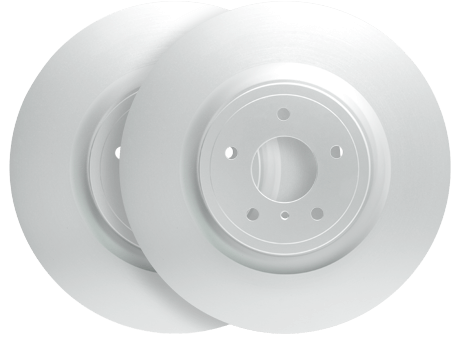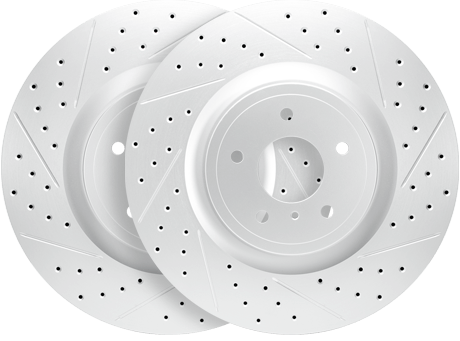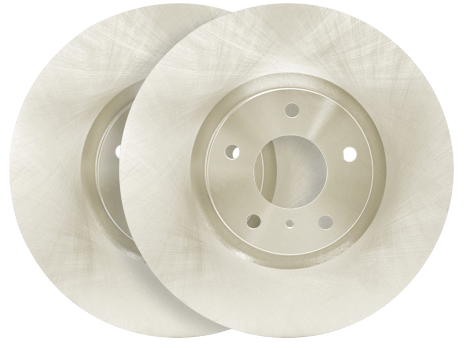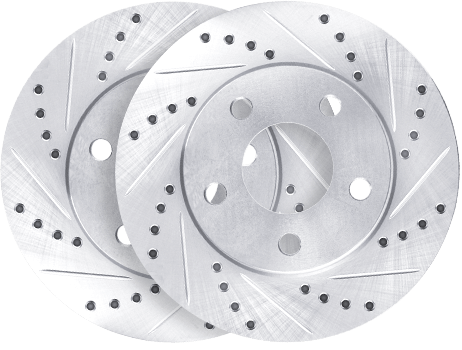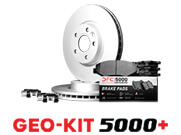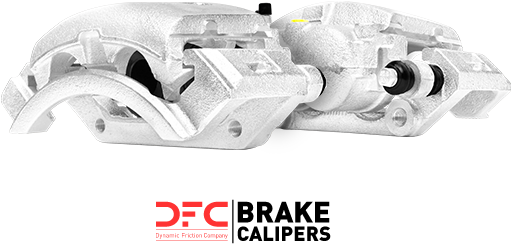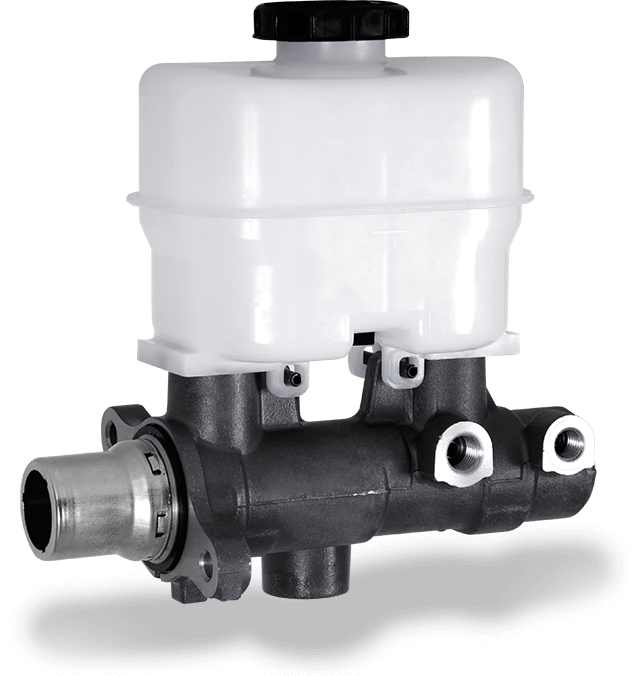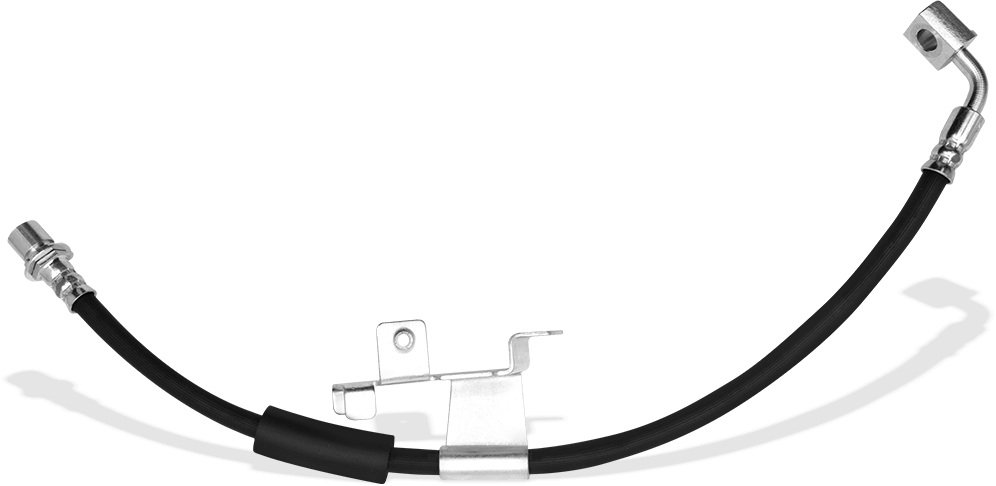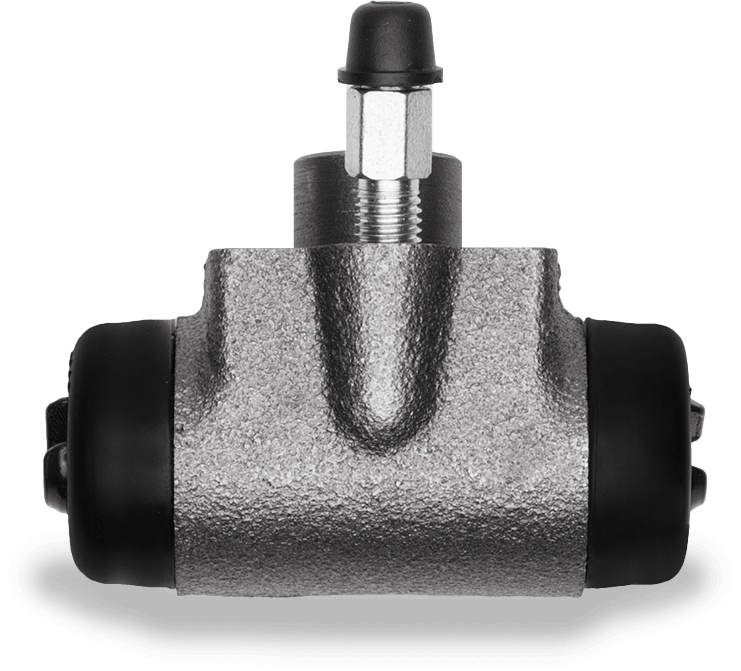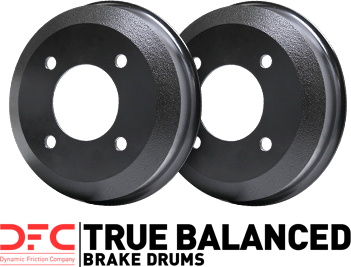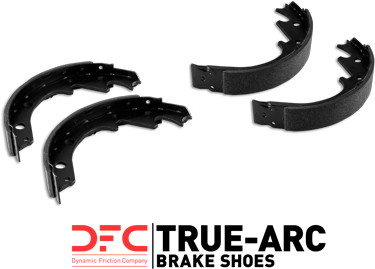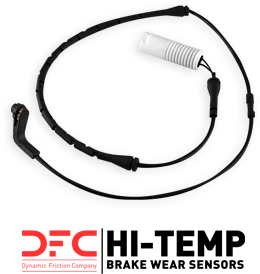Noise, vibration, and performance anxiety – your car’s brakes are signaling for help, but what exactly do they need? “How do you tell if you need new rotors or just brake pads?” Spotting the difference is essential for safe driving, and this article cuts through the uncertainty. We’ll provide clear signs to look out for and steps to ensure you’re making the right call between new rotors and brake pads, keeping you confident on the road.
Key Takeaways
- Brake systems consist of pads, rotors, calipers, and brake fluid working together; brake pads wear down normally, while rotors last longer, but both require regular checks for vehicle safety.
- Identifying brake issues involves paying attention to symptoms like pedal pulsation, steering wheel shake, unusual noises, and visual clues such as grooves or cracks on rotors, indicating whether pad replacement or rotor service is needed.
- Driving habits, road conditions, and regular professional inspections are crucial in maintaining brake system health, with high-quality replacement parts ensuring optimal safety and performance.
Spotting the Signs: Brake Pads vs. Rotors

The story of your car’s brakes needing attention is told through shakes, noises, and visual wear. You’ll notice the brake pads getting thin and worn out, while checking the condition of the rotors takes a closer look. It’s important to recognize these signs to keep your car’s brakes working well and keep you safe on the road.
Let’s look at the clear signs that tell you if your brakes need a quick fix or a more serious repair. From a shaky steering wheel to strange sounds when you hit the brake pedal, we’ll help you understand these signs of trouble. We’ll also show you how to spot the visual hints that reveal the health of your brake parts, helping you speak the ‘language’ of your car’s brakes.
Pedal Pulsation and Steering Wheel Shake
If you’re feeling a pulsing sensation under your foot when you press the brake pedal, or if your steering wheel seems to tremble unexpectedly, these are clear signs that your brake rotors may be the issue, leading to unwanted vibrations. Cheaper rotors might meet basic requirements but can cause vibrations and faster wear on your brake system, much like an orchestra playing with low-quality instruments.
Vibrations in the brake pedal are not just annoying; they suggest a decline in your car’s braking ability. It’s crucial to address these warnings promptly by getting your brakes checked. Ignoring them can lead to more serious brake problems down the road.
Noise Alerts: Listening to Your Brakes
The noises your vehicle makes can be alarming. Squealing or grinding brakes usually mean you need new brake pads. If you hear scraping sounds, check the rotors for wear or damage, which could affect your car’s stopping power.
Listening to these sounds is crucial for your safety. They signal when to replace brake pads or inspect rotors, ensuring your vehicle stops effectively.
Visual Clues: Inspecting the Components
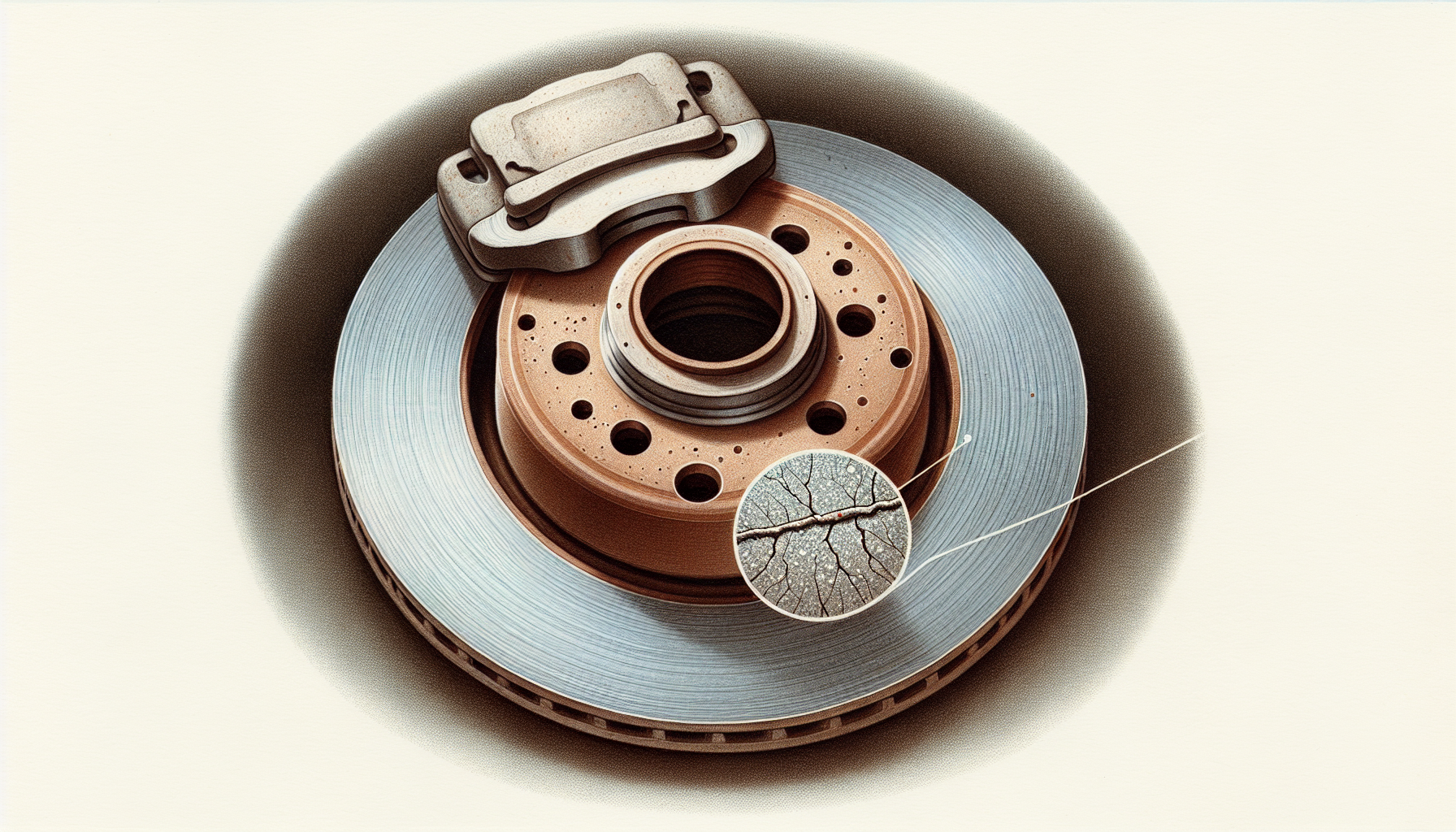
At times, the condition of your braking system is clearly displayed on its very components. By examining the surface of your brake rotors, you can uncover evidence such as scoring, grooves or a shiny glaze that narrates their wear and tear – indicative that it’s time for a thorough brake check by a professional. When there are deep grooves or significant edges formed at the end of the rotor, this signals substantial erosion akin to severe scratches on what should be a flat surface.
The appearance of heat spots or corrosion on an otherwise flawless rotor surface might also suggest problems with your brakes. Heat spots could result in uncomfortable vibrations during braking and indicate extreme use while rust might affect just aesthetics or cause serious deterioration impairing rotor reliability, these are visual warnings hinting at potential danger unless promptly remedied.
Any form of cracking within the brake rotor is an urgent red flag requiring immediate attention. These cracks may appear minor like fine lines but can escalate to visible splits suggesting replacement over repair. Similar to how one would treat a broken bone, compromised integrity requires swift action for safety reasons.
Summary
In the intricate symphony of car maintenance, your braking system is vital for both safety and performance. We’ve delved into the details of brake maintenance, from recognizing the various parts to detecting deterioration signs. The influence of one’s driving style and environmental conditions on brakes has been examined, along with determining when replacement trumps resurfacing. Stressing professional evaluations and high-quality components’ significance in replacements is crucial. Use this guide as your navigation tool through the complex realm of vehicle brakes to guarantee that each trip you make is supported by a robustly serviced car.
Frequently Asked Questions
What are the symptoms of a bad rotor?
If your rotors are in poor condition, you might notice indications like squeaking, squealing or grinding noises when the brakes are engaged. A vibration or pulsation felt through the steering wheel and a shaking of the wheel itself can signal problems such as warped or excessively worn down rotors.
How often should I check my brake pads and rotors?
You should inspect your brake pads approximately every 10,000 to 20,000 miles and examine your rotors between every 50,000 to 70,000 miles. Consider adjusting these intervals in accordance with the specific conditions you drive in and your personal driving habits.
Can I just replace my brake pads and not the rotors?
Certainly, if your rotors remain above the minimum thickness recommended by the manufacturer and exhibit no substantial wear or damage, you can opt to solely replace the brake pads.
What causes a vibrating brake pedal?
Issues with the rotors, including warping or uneven pad deposits, can lead to a brake pedal that vibrates. This condition may disrupt the seamless operation of braking and necessitates immediate attention.
Is it necessary to replace both brake rotors at the same time?
Indeed, for the sake of ensuring uniform braking and averting any tendency for the vehicle to veer to one side during a brake application, it is imperative to change both brake rotors concurrently. Adhering to this procedure is considered an optimal standard in maintaining brake systems.

 UNITED STATES
UNITED STATES